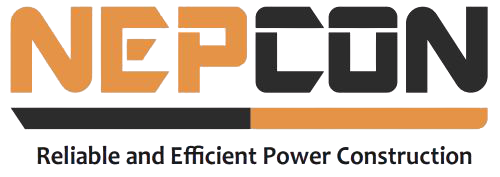Manufacturers are continually making steady enhancements to their solar panels to make a higher energy yield for each unit than past and contending models. Another demonstrated method to expand framework yield is by utilizing solar trackers, which, not at all like fixed-tilt ground-mount frameworks, cause solar panels to follow the sun’s way for the duration of the day.
In photovoltaic frameworks, trackers help limit the point of frequency (the point that a beam of light makes with a line opposite to the surface) between the approaching light and the board, which expands the measure of energy the establishment produces. Concentrated solar photovoltaic and concentrated solar warm have optics that legitimately acknowledge daylight, so solar trackers must be calculated effectively to gather energy. All concentrated solar frameworks have trackers on the grounds because the frameworks don’t create energy except if coordinated effectively toward the sun.
In addition, Sun angle changes north to south occasionally and east to west day by day. Accordingly, despite the fact that following east to west is significant, north to south following has a less-huge effect.
Types of Solar Trackers
- Manual Solar Trackers
Manual trackers expect somebody to truly change the panels at various occasions for the duration of the day to follow the sun. This isn’t generally practical, as you need somebody to continually monitor the sun and change the situation of the solar board framework.
- Passive Solar Trackers
Passive trackers contain a fluid with a low breaking point that will vanish when presented to solar radiation. At the point when the fluid dissipates, the tilt framework gets imbalanced. This imbalance makes the panels tilt towards the course of the sun’s beams.
- Active Solar Trackers
Active trackers depend on engines or hydraulic cylinders to change position. The engines in dynamic trackers will move the PV panels so they are confronting the sun. While this is more helpful than manual trackers, the moving parts inside the engines could without much of a stretch break. This could prompt higher upkeep costs over the lifetime of the framework.
From that point, solar trackers can be arranged much further, in view of which heading they move. A solar tracker can be either:
Single Axis Solar Tracker
Single axis trackers follow the situation of the sun as it moves from east to west. These are typically utilized in utility-scale ventures. A solitary axis tracker can increase production from 25% to 35%.
Dual Axis Solar Tracker
This tracker not only tracks the sun as it moves east to west, but also follows it as it moves from north to south. Two axis trackers are more common among residential and small commercial solar projects that have limited space, so they can produce enough power to meet their energy needs.
Pros of solar trackers
- Global positioning frameworks offer more prominent degrees of energy yield contrasted with fixed solar exhibits since they can follow the sun’s developments.
- The assortment of trackers accessible from producers like all earth Solar and First Synergy makes it conceivable to discover a unit that is perfect for your necessities.
- Solar trackers are exceptionally gainful in regions with Time of Use power rates. More energy will have the option to be delivered during top hours, which implies you won’t need to pay for matrix energy when it’s generally costly.
Cons of solar trackers
- Solar trackers are extravagant and can without much of a stretch twofold venture costs.
- Solar trackers are comprised of moving parts, which implies they are bound to break. This prompts higher upkeep costs.
- Choosing to introduce trackers may require extra site arranging and readiness, including burrowing extra wiring channels and additional site evaluating.
